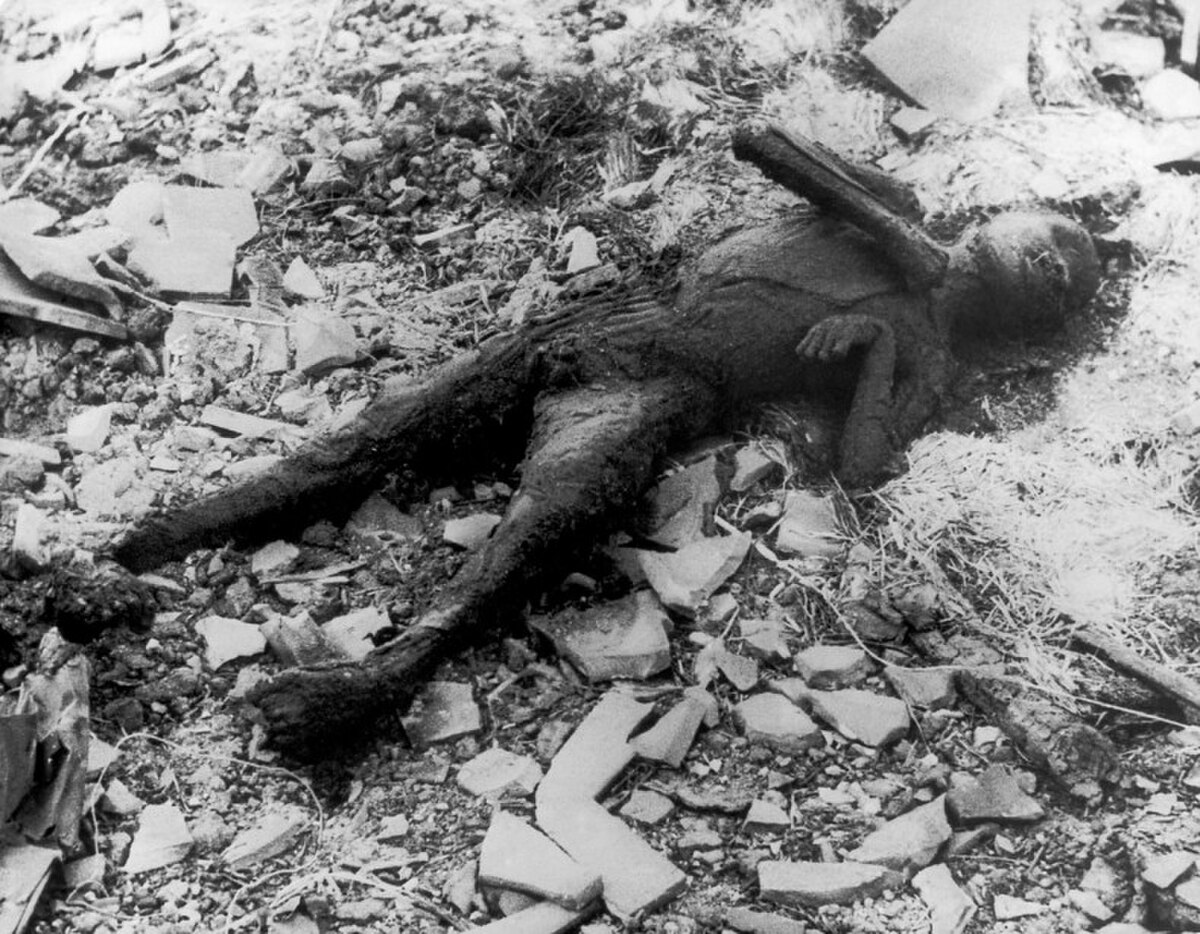
US uses Atom bombs on Hiroshima and Nagasaki
Hiroshima, JapanThe United States detonated two atomic bombs over the Japanese cities of Hiroshima and Nagasaki on 6 and 9 August 1945, respectively. The two bombings killed between 129,000 and 226,000 people, most of whom were civilians, and remain the only use of nuclear weapons in armed conflict.
The consent of the United Kingdom was obtained for the bombing, as was required by the Quebec Agreement, and orders were issued on 25 July by General Thomas Handy, the acting Chief of Staff of the United States Army, for atomic bombs to be used against Hiroshima, Kokura, Niigata, and Nagasaki. On 6 August, a Little Boy was dropped on Hiroshima, to which Prime Minister Suzuki reiterated the Japanese government's commitment to ignore the Allies' demands and fight on. Three days later, a Fat Man was dropped on Nagasaki. Over the next two to four months, the effects of the atomic bombings killed between 90,000 and 146,000 people in Hiroshima and 39,000 and 80,000 people in Nagasaki; roughly half occurred on the first day. For months afterward, many people continued to die from the effects of burns, radiation sickness, and injuries, compounded by illness and malnutrition. Though Hiroshima had a sizable military garrison, most of the dead were civilians.
